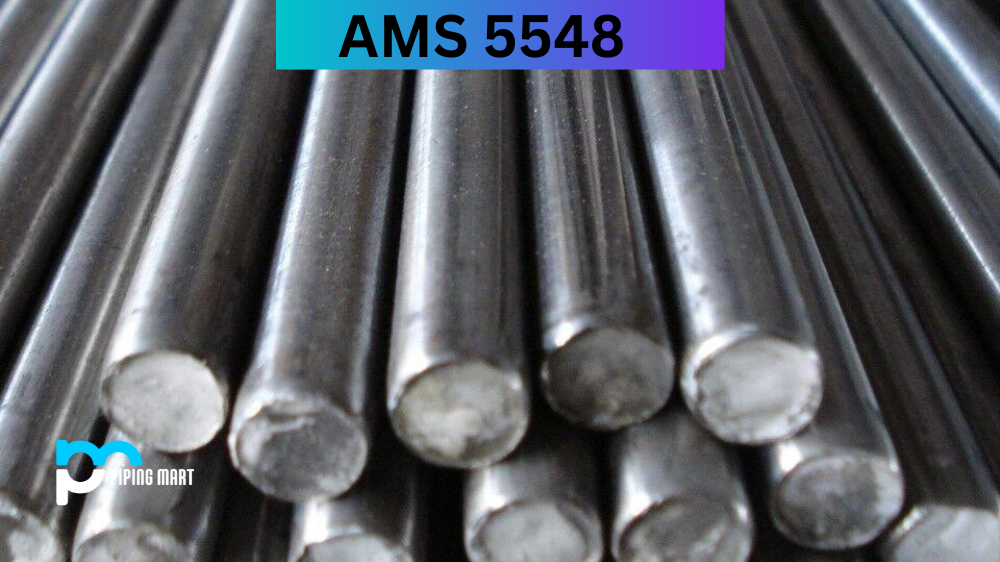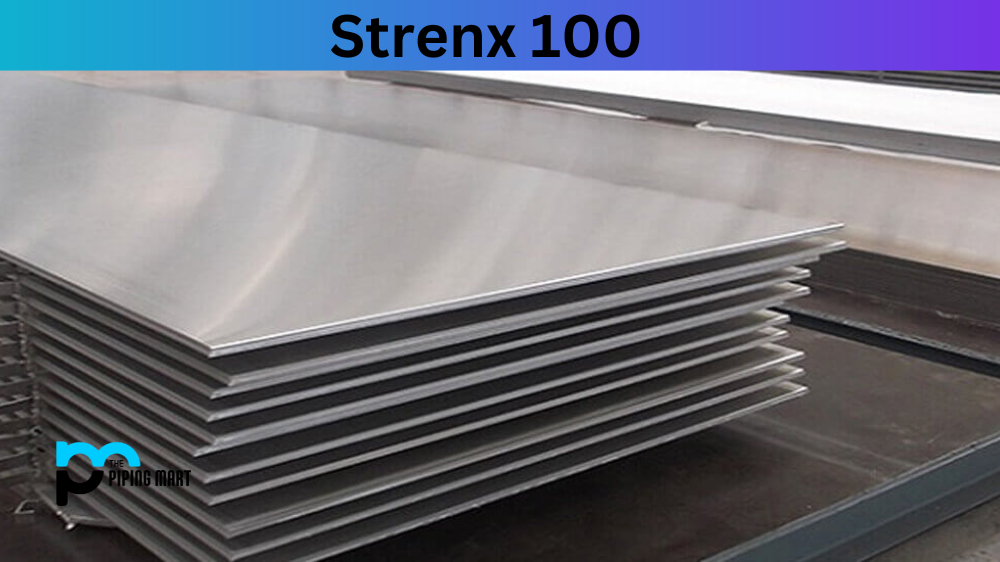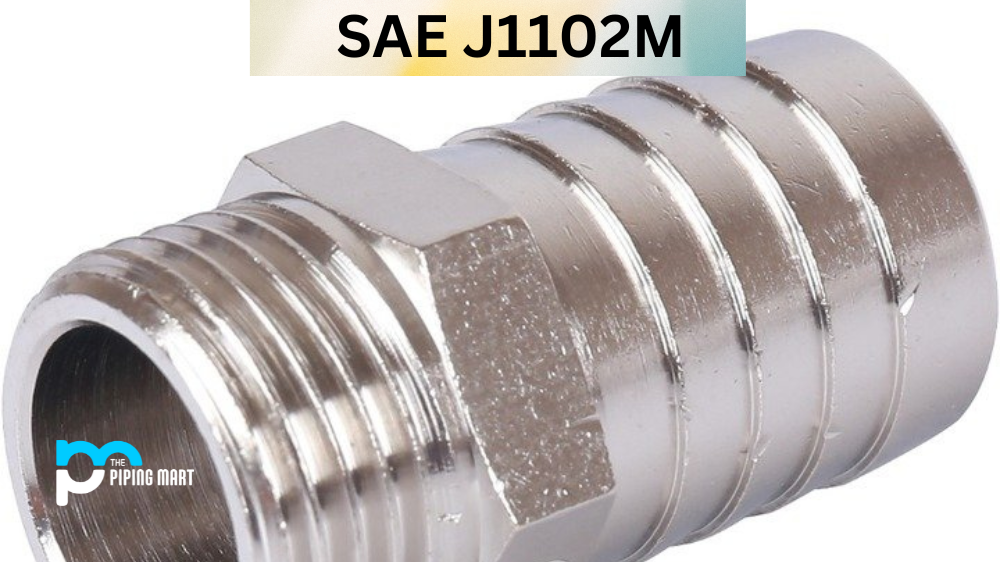In industrial settings, choosing materials for specific applications is of utmost importance. Materials must have the strength, durability, and resistance to suit various operating conditions. AMS 5548 is a nickel alloy material that has seen increasing application in different industrial settings. But what is AMS 5548? What are its properties, and how is it used in other sectors? This blog post seeks to answer all these questions.
What is AMS 5548?
AMS 5548 (also known as AM 350 Stainless Steel) is a specification that relates to alloy steel. Specifically, it refers to the chemical composition and other requirements that must be met for a product to be considered as conforming to AMS5548 standards. At first glance, this may seem like an overly technical subject that only metallurgists and other industry experts would find interesting. However, the truth is that virtually everyone who uses steel products in their daily lives – whether it’s a car manufacturer or a construction worker – stands to benefit from understanding the details of AMS5548. With such knowledge, one can better appreciate the incredible complexity and precision that goes into creating the steel products that we rely on every day.
AMS 5548 Composition
AMS 5548 is a nickel-based alloy highly regarded for its exceptional corrosion resistance and strength. Typically, this material comprises 59.55% nickel and other compounds such as chromium, cobalt, iron, and titanium in different proportions. This combination is responsible for the material’s excellent corrosion resistance and high-temperature stability.
| Element | Content (%) |
|---|---|
| Iron, Fe | 63 |
| Nickel, Ni | Balance |
| Cobalt, Co | 12 |
| Molybdenum, Mo | 4.8 |
| Titanium, Ti | 1.4 |
| Aluminum, Al | 0.1 |
| Manganese, Mn | ≤ 0.10 |
| Silicon, Si | ≤ 0.10 |
| Carbon, C | ≤ 0.030 |
| Sulfur, S | ≤ 0.010 |
| Phosphorous, P | ≤ 0.010 |
| Zirconium, Zr | 0.01 |
| Boron, B | 0.003 |
AMS 5548 Physical Properties
The metal has exceptional physical properties, making it suitable for different applications. Its density is around 8.11 g/cm3, electrical conductivity is around 1% IACS, and thermal conductivity is 39.4 W/mK. Also, it has a high melting point of 1315 °C, making it highly resistant to heat and perfect for high-temperature settings.
| Properties | Metric | Imperial |
|---|---|---|
| Density | 8.08 g/cc | 0.292 lb/in³ |
AMS 5548 Mechanical Properties
AMS 5548 has exceptional mechanical properties that enable it to withstand different types of stress. The alloy has a high tensile strength of approximately 1080 MPa, enabling AMS 5548 to withstand high-pressure environments. In addition, the metal has excellent ductility characterized by elongation at approximately 14% in 50mm. This feature makes it an ideal choice for different applications, including aerospace and defence.
| Properties | Metric | Imperial |
|---|---|---|
| Tensile strength | 1140 MPa | 165000 psi |
| Yield strength (@ strain 0.200%) | 827 MPa | 120000 psi |
| Bulk modulus (typical for steel) | 140 GPa | 20300 ksi |
| Shear modulus (estimated from elastic modulus) | 77 GPa | 11200 ksi |
| Elastic modulus | 200 GPa | 29000 ksi |
| Poisson’s ratio | 0.3 | 0.3 |
| Elongation at break (in gage length 4.5 times the square root of the area) | 18% | 18% |
| Reduction of area | 70% | 70% |
AMS 5548 Uses
AMS 5548 has applications in different fields, including chemical processing, aerospace, and gas turbines. The alloy is also perfect for high-performance valves, high-temperature fasteners, and combustion chamber components. This material is corrosion-resistant, making it ideal for marine and offshore applications.
AMS 5548 Hardness
The hardness of AMS 5548 varies based on the heat treatment received, ranging from HRC 21 to 36. The hardness of the material is crucial because it determines how well the metal will withstand different types of stress, including impact stress and compressive stress. Therefore, the hardness of AMS 5548 is a critical property that ensures that the material performs optimally under different conditions.
AMS 5548 Heat treatment
AMS 5548 hardens primarily through ageing at temperatures up to 1140°F (or 615⁰C) to stabilize the material. Additionally, AMS 5548 requires various treatments, such as annealing, solution treatment, and precipitation hardening, to meet industry specifications. The necessary heat treatment not only ensures that the material is stable but also helps in enhancing the material’s mechanical and physical properties.
Conclusion:
In conclusion, AMS 5548 material is a high-performance nickel-based alloy with excellent corrosion resistance, high-temperature stability, and mechanical properties. This material has found its application in different fields, mainly those related to aerospace and defence. It is crucial to understand how this material is produced, its properties, and its various applications. By doing so, industries can effectively design more fitting systems to better serve their intended purposes while reducing maintenance costs.

Meet Bhavesh, a seasoned blogger with a wealth of knowledge and experience. From metal products manufacturing to retail, Bhavesh has a diverse background in various industries and is dedicated to sharing his insights and expertise with readers.




